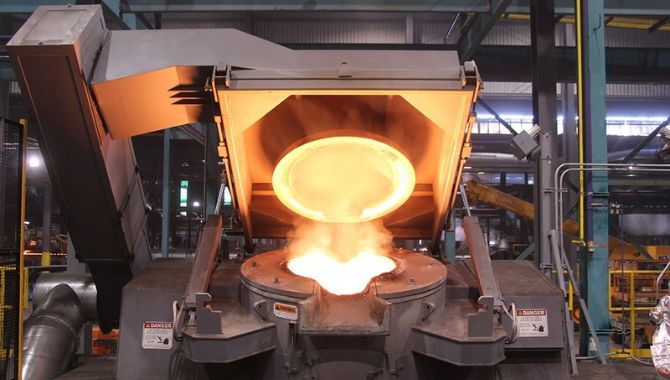One of the most used metals for a variety of projects is aluminum. Why? Because, for many industrial purposes, such as casting and metalworking, exact temperature control is necessary for shaping and forming, it melts at a lower temperature. Compared to other metals like iron, brass, and copper.
The melting point of aluminum is estimated to be around:
- 660 degrees Celsius
- 1220 degrees Fahrenheit
Why You Should Know the melting point of aluminum?
The melting point of aluminum is essential to understanding its physical properties. Determining the melting point of aluminum facilitates the identification of impurities in the metal.
Besides that, the metal’s melting point is a useful process for knowing an overall purity. So when recycling aluminum, a wide melting range indicates a higher impurity content. The purer the material, the more the melting point range drops.


Factors affecting the aluminum melting point
The melting point of aluminum increases in the presence of impurities. Although there’s a probability that it will change throughout a temperature range, without causing any waste, aluminum is highly recyclable, meaning it can be melted and used again.
Furthermore, aluminum’s melting point can also be affected by other factors, such as its atomic packing density, chemical composition, and the presence of pressure during the heating process.
Melting Point of Aluminum Alloy
This table shows the melting points of different-grade aluminum alloys with (°C) and (°F).
| Aluminum Alloy | Melting Point (Celsius) | Melting Point (Fahrenheit) |
| Pure Aluminum | 660 | 1220 |
| 3003 | 640 – 655 | 640 – 655 |
| 5052 | 605 – 650 | 1125 – 1200 |
| 6061 | 580 – 650 | 1080 – 1205 |
| 7075 | 475 – 635 | 890 – 1175 |

- Melting Temperatures of Aluminum Types
| Name of Products | (k) Kelvin | (c) Celsius | (f) Fahrenheit |
| Pure Aluminum | 933 | 660 | 1,220 |
| Aluminum Alloys | 736-944 | 463-671 | 865-1,240 |
| Aluminum Bronze | 916-930 | 600-655 | 1,190-1,215 |
Copper vs Aluminum Melting Point
- Copper – ranges around 1,675-1,981°F / 913-1,082°C.
- Aluminum – melts at about 1,218 °F / 659 °C
Aluminum Melting Point vs Steel
- Aluminum at 660°C
- Steel at 1510°C.
What Justifies Aluminum’s 660(c) Melting Point?
A 660(c) is a greater melting point results from the stronger intramolecular attractive interactions within atoms, which are more difficult to break.
Why Is It Vital to Find Out What the Aluminum Melt Point Is?
An essential physical characteristic of aluminum, or any other substance, is its melting point. Finding the melting point of aluminum facilitates the identification of other unknown compounds or metal impurities.
Can Damage Occur to Aluminum?
Although it doesn’t rust, aluminum does corrode. The extremely resilient aluminum oxide coating repairs itself in the event of damage, preventing corrosion on the metal.



